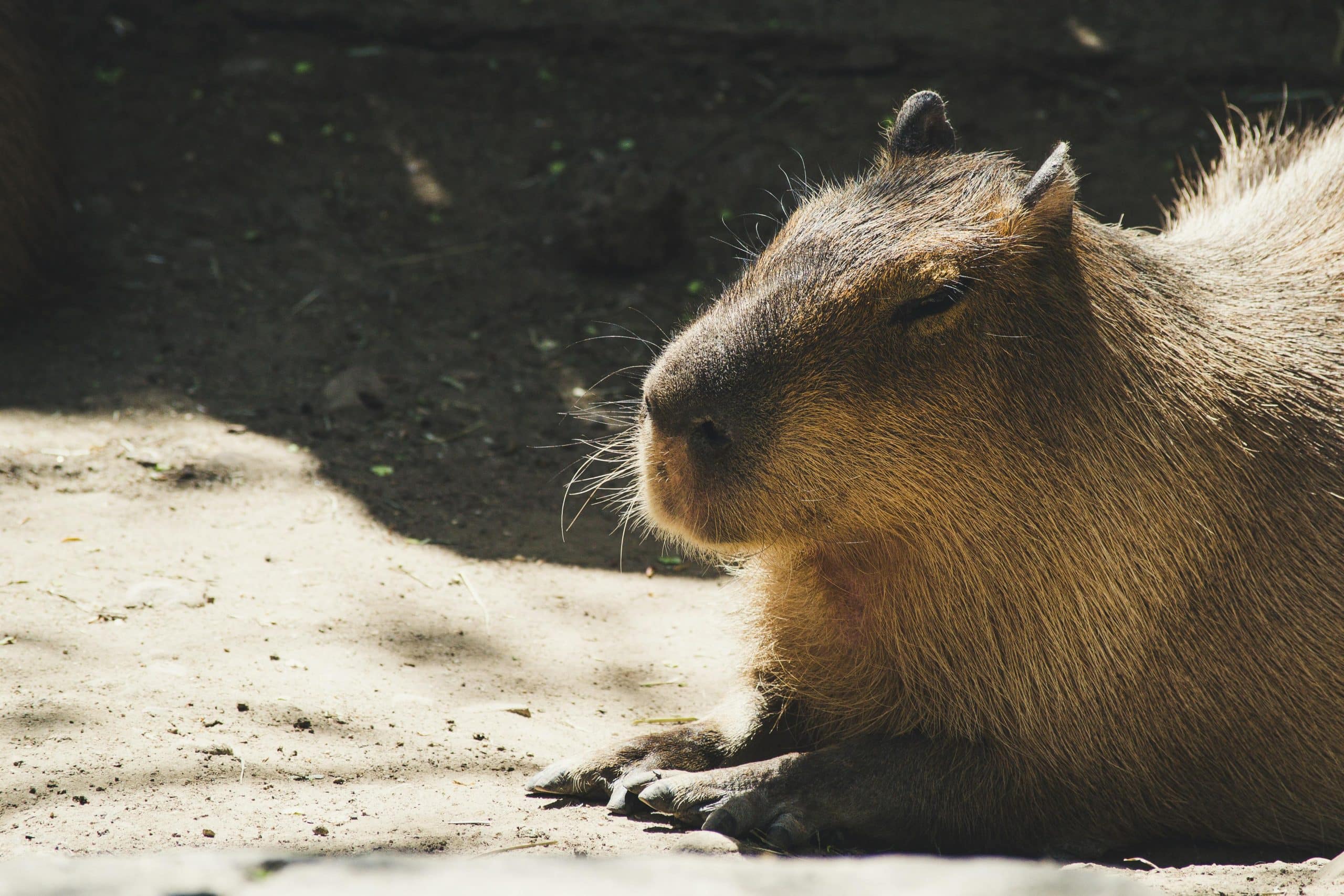What’s the Best Way to Encourage Foraging Behaviors in a Capybara?

The captivating tale of capybaras – the largest living rodents on the planet – has always intrigued the human mind. The study of these intriguing creatures takes us deep into the Pantanal, their natural habitat. Water-loving and social, capybaras exist in groups, foraging together, which increases their chances of survival. Here, we delve into the best ways to encourage their foraging behaviors, which naturally instills their wild instincts.
Understanding the Capybara
The typical capybara, a fascinating species, is often the subject of many a naturalist’s study. They are often found in South America, especially in the Pantanal region which provides the perfect habitat for these water-loving animals.
This might interest you : How to Adjust Your Pet’s Diet to Combat Seasonal Allergies Effectively?
Capybaras are social animals, often found in groups that help them combat the effects of predators. Their group behavior is also critical in their foraging habits. They are generally found near water bodies, where they not only find refuge from predators but also a rich source of food.
Crossref and Google Scholar have been instrumental in providing comprehensive studies about these animals. Research by scientists such as DW Macdonald highlights the significance of group behavior in capybaras, mainly for foraging and survival.
Also read : How to Choose the Best Glider-Compatible Exercise Wheel for Sugar Gliders?
The Natural Behavior of Capybaras
When it comes to the natural behavior of capybaras, water plays a pivotal role. These animals are semi-aquatic, which means they spend a significant amount of their time in water bodies. This not only helps them escape from predators but also provides a rich source of food.
Foraging, as a behavior, is crucial for capybaras. It helps them find food, which primarily includes grasses and aquatic plants. Being in groups helps them forage efficiently, covering larger areas and accessing varied food sources.
It is also interesting to note that capybaras are crepuscular animals. They prefer to forage during the early morning and late evening, avoiding the heat of the day. This behavior is important to consider when studying their foraging habits or planning any form of intervention.
Encouraging the Foraging Behavior in Capybaras
While capybaras are wild animals, they have been known to adapt to human environments. However, for their welfare, it is critical to encourage their natural behaviors, including foraging. This not only ensures their physical well-being but also their mental health.
There are different ways to encourage foraging behaviors in capybaras. One of the simplest methods is to mimic their natural habitat as much as possible. This includes incorporating water bodies and vegetation similar to that found in the Pantanal within their human-created environments.
Moreover, encouraging social behavior is also crucial. As capybaras typically live in groups, it would be beneficial to keep them in groups even in human care. This would allow them to display their natural behavior of foraging together, providing a sense of familiarity and security.
Studying the Effects of Foraging on Capybara Group Behavior
The effects of foraging on capybara group behavior provide fascinating insights into their social dynamics. It is observed that capybara groups tend to stick together while foraging. This is not just a method for survival, but also a way of learning and sharing information about food sources.
Scientific studies have pointed out that the group dynamics of capybaras change according to the availability of food. During seasons when food is abundant, the groups are seen to be larger, whereas during lean periods, they tend to split into smaller groups. This behavior highlights the importance of food availability and foraging in maintaining group cohesion.
Furthermore, age and sex-based hierarchies have been observed in capybara groups during foraging. Adult males usually lead the group, followed by females and juveniles. This ordering is believed to be a strategy for optimal resource use and survival.
By understanding and encouraging the foraging behaviors in capybaras, we can ensure their well-being in a human environment while also preserving their natural instincts. This, in turn, would contribute to the larger goal of wildlife conservation and ecological balance.
The Role of Habitat and Group Structure in Capybara Foraging
Herrera Macdonald and other scholars have noted that the habitat of capybaras plays a crucial role in their foraging behavior. Capybaras, or Hydrochoerus hydrochaeris as they’re scientifically known, are native to the Pantanal Brazil, and other seasonally flooded areas like the Llanos in Venezuela. These environments offer a rich variety of grasses and aquatic plants, the primary food sources for capybaras.
Their native habitats are also key to their social structure. Capybaras live in social groups, with an established hierarchy based on age and sex. Adult males typically lead the group, with females and juveniles following. The structure of these groups often changes based on the availability of food. Studies in conservation biology and ecology on Google Scholar have shown that in times of plenty, capybara social groups tend to be larger, while in leaner periods, they’ll split into smaller groups for easier access to scarce resources.
When creating a conducive environment for capybara foraging, it is crucial to mimic the conditions of their natural habitat. This includes the presence of water sources, as capybaras are semi-aquatic and use water bodies for both food and safety. Using Medicina Veterinaria principles, the provision of vegetation like grasses and water plants found in the Pantanal is also crucial.
Finally, the social structure of capybaras should be taken into account. Encouraging the natural group structure in capybaras will promote their natural foraging behaviors, and contribute positively to their overall well-being.
Conclusion: Balancing Capybara Well-being with Natural Behaviors
Capybaras are incredible creatures, exhibiting fascinating behaviors tied closely to their natural habitats and social structures. To maintain their well-being in human environments, it’s crucial to encourage these natural behaviors, particularly their foraging habits. As wild animals, capybaras thrive when their environments closely mimic that of their native Pantanal Brazil, complete with the right vegetation and water sources.
It is equally critical to respect the capybaras’ social structure, particularly during foraging. Adult males typically lead the group, followed by females and juveniles. The size of these groups often varies with food availability, a survival strategy that showcases the remarkable adaptability of these creatures. As such, when encouraging capybara foraging, both their habitat and social structure should be taken into consideration.
Understanding and encouraging the foraging behaviors of capybaras is not just beneficial for the animals themselves, but also for the larger goal of wildlife conservation. By respecting their natural behaviors and habitats, we can ensure their survival and well-being in human care. Moreover, the insights gained from studying these behaviors could help inform conservation efforts for other species, contributing to the overall ecological balance. At night or day, the study of capybaras continues to offer fascinating insights into nature’s complexity and adaptability.
